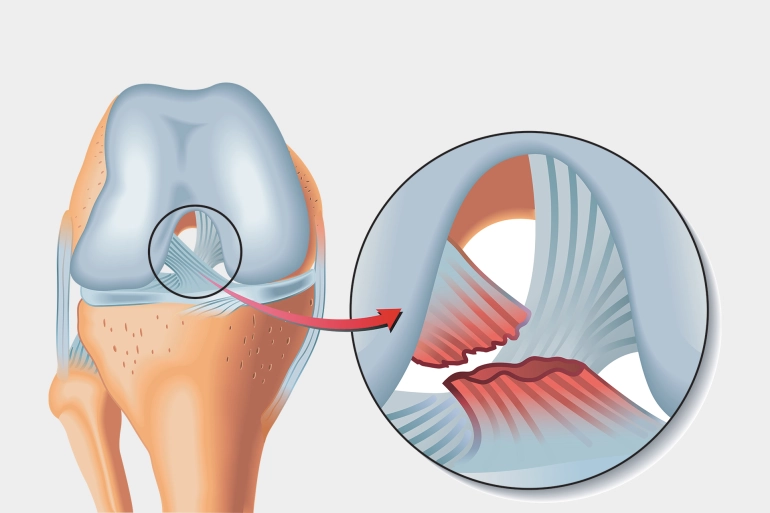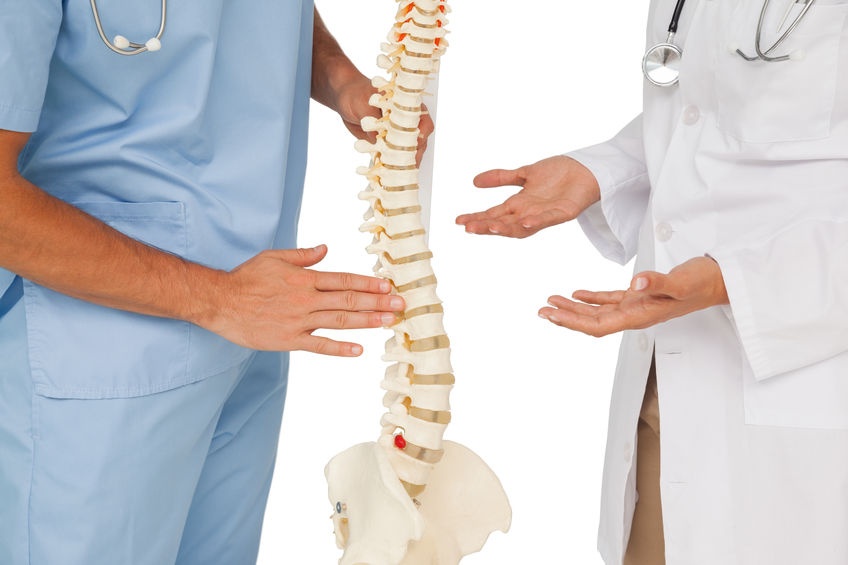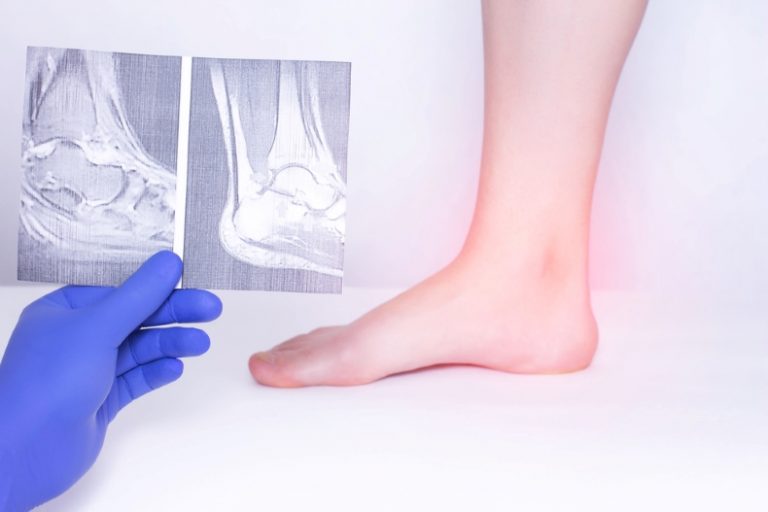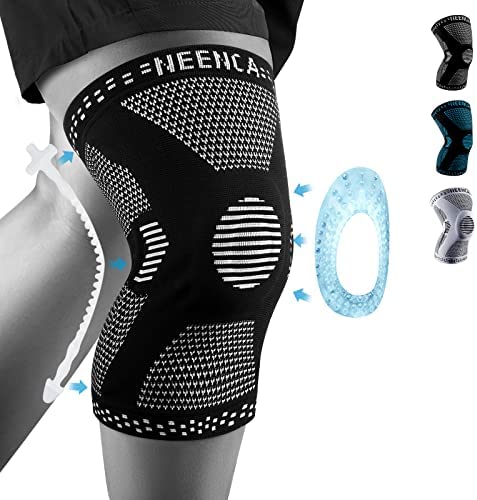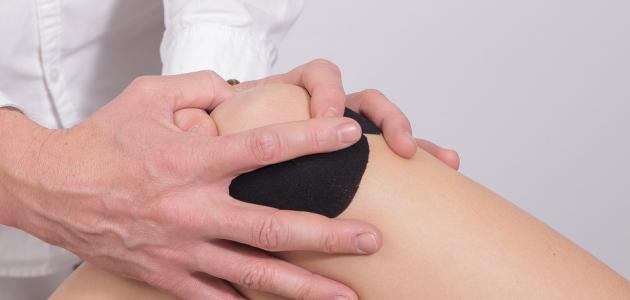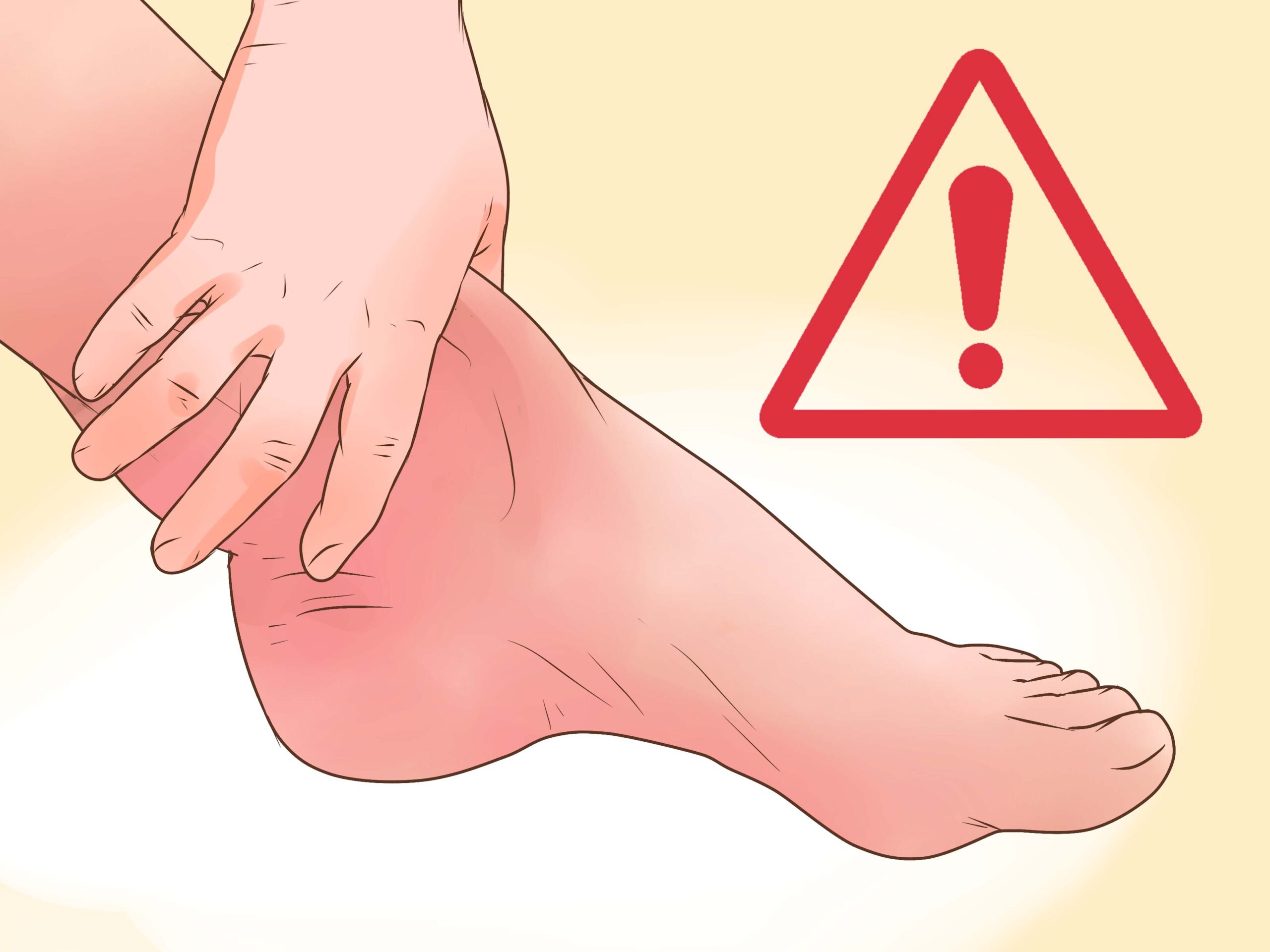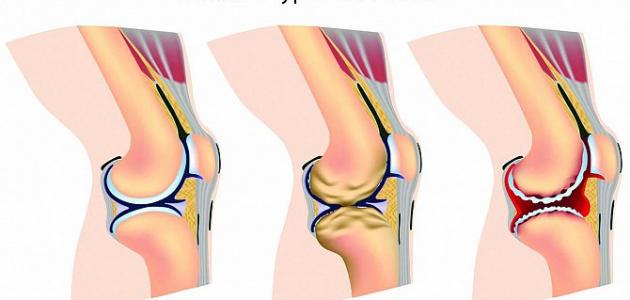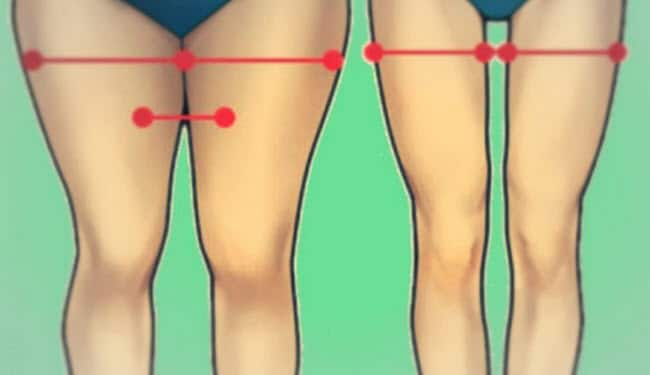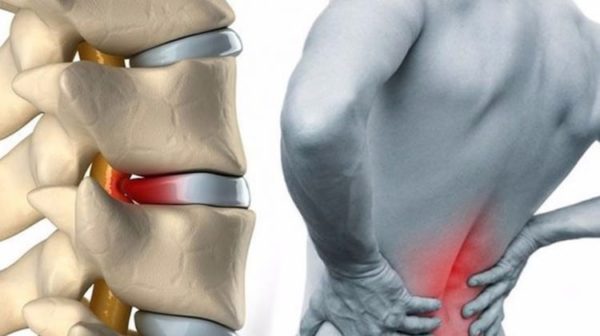Learn more about shoulder tendonitis and how shoulder tendons are treated
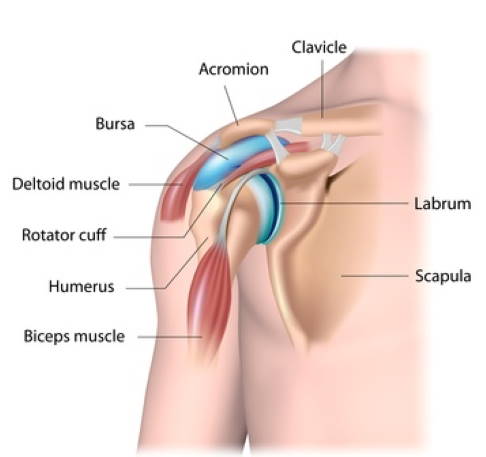
Shoulder Tendonitis
Shoulder tendonitis is a medical condition that occurs due to irritation and swelling of the tendons in the shoulder area. Tendons are strong and flexible fibers that connect muscles to bones and play a crucial role in joint movement and directing motion. Inflammation of the tendons in the shoulder can result from excessive stress, excessive repetitive movements, injuries, or certain chronic conditions.
This inflammation can cause pain and discomfort in the shoulder area and may affect the ability to perform specific movements or use the shoulder normally. Common symptoms include pain in the shoulder or upper arm, swelling, difficulty in movement, and symptoms can worsen when attempting to move or use the shoulder.
Treatment approaches depend on the severity and causes of the condition and may include rest, pain relievers, and anti-inflammatory drugs, physical therapy sessions, and in some cases, surgery. Treatment recommendations depend on the doctor’s assessment of the patient’s condition and its impact on their daily life and function.
What are the symptoms of shoulder tendonitis?
Shoulder tendonitis is a common condition that results from sports injuries, excessive repetitive shoulder movements, or falling on the arm. In this article, we will provide you with a list of the most common symptoms associated with this bothersome health condition.
List of symptoms of shoulder tendonitis:
- Recurring Pain: Severe pain is one of the main symptoms of shoulder tendonitis. The pain may be continuous or occur when you move the shoulder or engage in specific activities. The pain is generally described as superficial or sharp and may worsen over time.
- Limited Range of Motion: You may experience difficulty moving the shoulder naturally and completely. The shoulder may become less flexible and less capable of completing movements like lifting or moving objects from one side to another.
- Unusual Sound: You may notice an unusual sound, such as popping or cracking, when the shoulder moves. This sound can be a sign of tendon inflammation.
- Swelling and Redness: The shoulder may become swollen and show signs of redness. This swelling and redness can indicate tendon inflammation.
- Weakness in Strength and Endurance: You may feel weakness in the shoulder muscles and have difficulty lifting heavy weights or performing simple activities like lifting objects or writing.
- Difficulty Sleeping: Tendonitis can affect your sleep as it becomes challenging to find a comfortable sleeping position due to pain and limited movement.
If you experience any of these symptoms, you may be suffering from shoulder tendonitis. It is essential to consult a doctor for diagnosis and specialist consultation. Remember that rest, self-care, and physical therapy can have a positive impact on improving the condition and reducing symptoms.
How is Shoulder Tendonitis Treated?
Shoulder tendons are one of the common injuries that people in various fields, whether they are athletes or non-athletes, suffer from. If you are experiencing shoulder tendon pain and are looking for the appropriate treatment, here are some steps to follow:
- Rest: Shoulder tendons may need some rest to allow damaged tissues to heal. Reduce strenuous activities that put pressure on the shoulder and give it enough time to relax and recover.
- Ice Application: Applying ice to the affected area can help relieve pain and swelling. Place an ice pack wrapped in a cloth on the shoulder for 15-20 minutes several times a day.
- Over-the-Counter Pain Relievers: Over-the-counter pain relievers, such as acetaminophen or ibuprofen, can be used to alleviate the pain associated with shoulder tendon injury. Consult a doctor or pharmacist before taking any medication.
- Physical Therapy: Physical therapy is one of the effective treatments for shoulder tendonitis. Physical therapy includes techniques such as rehabilitation exercises, therapeutic massage, and instructions on how to improve body posture during daily activities to reduce pain and strengthen the shoulder muscles.
- Muscle Strengthening Exercises: Exercises aimed at tightening and strengthening the muscles surrounding the shoulder can improve the body’s ability to withstand activities and reduce pain. Consult a physical therapist to design a suitable exercise program for your condition.
- Preventive Measures: It is best to avoid shoulder tendon injuries by focusing on prevention and taking some preventive measures. Train your body to strengthen shoulder muscles and improve flexibility, and ensure proper techniques when performing sports activities or strenuous daily tasks.
Don’t stop at these symptoms if you experience pain or stiffness in the shoulder tendons, and be sure to consult a specialist doctor for the correct diagnosis and necessary treatment to avoid exacerbating the problem.
How do I know if I have tendonitis?
Many people may experience tendonitis in various parts of the body, but how can you know if you have this troublesome condition? In this list, we will present some common symptoms of tendonitis that may indicate the presence of this issue. However, you should always visit a doctor to ensure a proper diagnosis and receive appropriate treatment.
- Pain in the Affected Area: Pain is usually described as mild and bothersome, especially when moving the joint or the affected area. If you feel pain when moving your shoulder, elbow, wrist, knee, or heel, you may have tendonitis.
- Redness and Swelling: You may notice redness and swelling in the affected area. This can be a result of irritation and inflammation in the tendons.
- Difficulty in Movement: You may have difficulty moving the affected joint or performing movements that you used to do easily. Inflamed tendons can limit mobility and restrict your natural range of motion.
Unusual Sound: In some cases, you may hear an unusual sound when moving the affected joint. This sound can result from tendon tearing or abnormal friction.
Muscle Weakness: You may feel weakness in the muscles surrounding the affected area. This can be a result of irritation and inflammation affecting muscle strength.
If you experience one or more of these symptoms, you may have tendonitis. It is essential to visit a doctor to evaluate your condition and accurately diagnose the problem. The doctor may guide you to the appropriate treatment, which may include rest, physical therapy, and the use of medications to alleviate pain.
To prevent tendonitis, you can also take some preventive measures. Avoid engaging in activities that put excessive pressure on the tendons for extended periods, and use proper techniques when lifting heavy objects. If you feel pain during a particular activity, stop and rest. These steps may help reduce the likelihood of developing tendonitis.
Does tendonitis show up on X-rays?
X-rays are one of the common tools used by doctors to diagnose tendonitis. However, tendonitis may not always be clearly visible on X-rays. In this article, we will take a look at whether tendonitis appears on X-rays or not.
Tendonitis and X-rays: When a tendon is inflamed, it may become swollen and painful. However, this swelling and pain are often a result of irritation and inflammation within the tendons themselves and may not necessarily be due to a visible injury or structural changes that appear on X-rays.
Some minor changes related to tendonitis may appear on X-rays, such as tendon swelling or pockets that may form around the inflamed tendons. However, these changes may not always be clearly visible and may not assist in an accurate diagnosis of the condition.
Reasons for Tendonitis Not Showing Clearly on X-rays: There are several reasons why tendonitis may not appear clearly on X-rays, including:
- The small size of the inflamed tendons, which may be smaller than the size detectable by X-rays.
- Mild tendonitis that may not lead to significant structural changes visible on X-rays.
- The absence of significant structural changes in the inflamed tendons, such as complete tears.
In many cases, doctors may use other imaging techniques or diagnostic methods, such as ultrasound or MRI, to better visualize and diagnose tendonitis and its extent.
Diagnosing Tendonitis: While X-rays may not clearly show tendonitis, there are other tests that doctors use to diagnose tendonitis. Examples of these tests include:
- Medical Examination: Your doctor will perform a physical examination and look for potential symptoms of tendonitis such as pain and swelling.
- Functional Tests: These tests involve moving the affected body or limbs to assess the presence of pain and direct localization of the inflamed tendons.
- CT Scan (Computed Tomography): You may be directed to undergo a CT scan, which provides detailed images of soft tissues and may better reveal tendon-related changes compared to traditional X-rays.
Treatment and Self-Care Options: Once tendonitis is diagnosed, a variety of treatments and measures can be used to alleviate pain and reduce inflammation, including:
- Rest and reducing painful activities.
- Applying ice to soothe and reduce inflammation.
- Using over-the-counter pain relievers to alleviate pain.
- Physical therapy and rehabilitation exercises to strengthen the muscles surrounding the tendons.
Doctor’s Advice: If you are experiencing symptoms of tendonitis and have other health issues, it is essential to consult your doctor for a comprehensive evaluation of your condition and advice on the best available healthcare options. Your doctor may need to conduct additional tests to rule out any other medical conditions and ensure appropriate treatment.
In general, tendonitis may not appear clearly on X-rays. However, X-rays and other tests can be used to confirm the diagnosis and determine the necessary treatment to alleviate pain and reduce irritation in the tendons.
How Long Does It Take to Treat Shoulder Tendonitis?
Many people suffer from shoulder tendonitis and wonder how long it might take to recover and receive treatment. In this article, we will take a look at the potential treatment duration for this condition.
The duration of recovery from shoulder tendonitis depends on several factors, such as the severity of the injury, its cause, and the extent of tendonitis in the shoulder. In mild cases, recovery may take from two to four weeks with adequate rest and necessary treatment.
However, in more complex and severe cases, recovery may take from two to six months, and in some rare cases, tendonitis may turn into a chronic condition that lasts for a longer period.
Preventing Shoulder Tendonitis: Here are some important guidelines for preventing shoulder tendonitis:
- Regularly perform stretching and strengthening exercises for the muscles surrounding the shoulder.
- Avoid repetitive harmful shoulder movements, and use proper techniques when lifting weights or heavy objects.
- Gradually train your shoulder for new sports activities or intense movements.
- Use warm-up and stretching techniques before engaging in sports activities.
Keep in mind that these are general recommendations, and you should consult a doctor if your recovery is delayed or your symptoms worsen. A doctor can provide a precise diagnosis and determine the appropriate treatment for your individual case.
Is Massage Beneficial for Tendonitis?
Tendonitis is a painful and bothersome condition that can affect a person’s daily movement. Many people with tendonitis wonder if massage is an effective treatment for tendonitis. In this text, we will highlight the benefits of massage and whether it is a useful treatment for this condition.
Massage provides soothing and relaxing effects on the body and is one of the complementary therapy methods used to treat various diseases and injuries. Massage can have positive effects on chronic conditions like tendonitis. Here are some potential benefits of massage in cases of tendonitis:
- Improved Blood Circulation: Massage can enhance blood flow to the affected area, promoting the delivery of oxygen and essential nutrients necessary for quick healing.
- Reduction of Inflammation: Massage can improve lymphatic drainage, helping remove accumulated fluids and toxins in the affected area, reducing inflammation and swelling.
- Pain Relief: Proper massage techniques can alleviate the pain associated with tendonitis by releasing tense muscles and reducing tension and spasms.
- Improved Flexibility: By relieving muscle tension and tightness, massage can help improve flexibility and the range of motion of the affected tendon.
- Enhanced Mood and General Well-being: Massage is a relaxing and soothing experience that can promote relaxation, improve overall well-being, and elevate mood.
Before deciding to undergo a massage for tendonitis, there are several points to consider:
- Consult Your Doctor: Before starting any treatment, including massage, consult your doctor to assess your condition and determine whether the specific treatment is beneficial and safe for you.
- Ensure the Masseur’s Skill: You should receive a massage from a well-trained and professional therapist to ensure the safety and effectiveness of the session.
- Avoid Direct Massage of the Inflamed Area: Directly massaging the inflamed area should be avoided, especially in cases of severe inflammation, as early massage can exacerbate the injury.
To maximize the benefits of massage in the case of tendonitis, sessions should be regular and followed by a comprehensive treatment plan under the guidance of medical specialists.
In the end, it should be noted that the response to massage varies from person to person, and many other factors may affect the effectiveness of the treatment. Massage may be effective in some cases and not effective in others. Therefore, you should always consult a specialized doctor before trying any treatment for tendonitis.
Is Shoulder Tendonitis Serious?
Shoulder tendonitis is often not considered serious in most cases and can be successfully treated with appropriate therapeutic measures. However, shoulder tendonitis can cause pain and restrict shoulder movement, requiring a period of rest and treatment to alleviate symptoms. In some cases, shoulder tendonitis may require greater medical attention or additional treatment. For example:
- If shoulder tendonitis is accompanied by significant tendon tears.
- If the pain and swelling are severe and significantly affect daily life.
- If shoulder tendonitis persists for an extended period without improvement despite treatment.
Some cases of shoulder tendonitis may be associated with chronic issues or specific diseases, such as arthritis or sensitive tendon inflammation. In these cases, you may need careful medical monitoring to ensure that the treatment is appropriate and effective. In general, if your symptoms are mild to moderate and respond to simple treatments such as rest, medication, and physical therapy, shoulder tendonitis is not considered serious. However, it is always a good idea to consult a doctor to assess your condition and guide you to the appropriate treatment based on your individual case.
What Vitamin Strengthens Tendons?
Tendons are an important part of our musculoskeletal system and play a crucial role in maintaining bone and muscle health. To promote tendon health, there are several vitamins that are recommended for regular intake. Here is a list of 6 important vitamins to strengthen tendons:
- Vitamin C: This vitamin is essential for collagen synthesis, which is a major component of tendons. Adequate vitamin C intake helps in maintaining the strength and integrity of tendons.
- Vitamin E: Vitamin E is an antioxidant that can help protect tendons from oxidative damage, which can weaken them over time.
- Vitamin D: Vitamin D is crucial for calcium absorption, which is necessary for maintaining strong and healthy bones and tendons.
- Vitamin K: Vitamin K plays a role in bone and cartilage mineralization, contributing to the overall health of tendons and ligaments.
- Vitamin A: Vitamin A is involved in tissue repair and maintenance, which can be beneficial for the repair of damaged tendons.
- Vitamin B6: Vitamin B6 is important for the metabolism of amino acids, which are the building blocks of proteins like collagen found in tendons.
It’s important to note that a balanced diet that includes a variety of vitamins and minerals is essential for overall musculoskeletal health, including the strength of tendons. If you are considering vitamin supplements, it’s advisable to consult with a healthcare professional to determine your specific nutritional needs and ensure you are taking the right supplements in the correct amounts.
Vitamins for Tendon Health:
Vitamin C: Promotes collagen production in the body, which strengthens the connective tissues that make up tendons. Vitamin C can be obtained from fruits and vegetables such as oranges, lemons, and green peppers.
Vitamin D: Contributes to the absorption of calcium and phosphorus, minerals that promote bone and tendon health. Vitamin D can be obtained from sunlight and some vitamin-fortified foods.
Vitamin A: Helps in collagen production and promotes tendon health. Vitamin A is found in significant amounts in carrots, sweet potatoes, and oranges.
Vitamin E: Helps protect connective tissues and enhances the resilience of tendons. Vitamin E can be obtained from foods such as plant oils and nuts.
Vitamin B6: Plays a role in energy metabolism in your body and strengthens connective tissue. Vitamin B6 can be found in meats, whole grains, and nuts.
Vitamin B12: Contributes to red blood cell production and strengthens tendons and muscles. Vitamin B12 is found in meats, dairy products, and fish.
To promote tendon health and strengthen them, it is recommended to include these vitamins as part of your balanced diet. If you have any concerns or questions about your nutritional needs, it is advisable to consult with a doctor or local health clinic.
How Long Does Shoulder Tendon Tear Take to Heal?
A torn shoulder tendon is a common and painful injury, and several factors affect the recovery duration and the regaining of full shoulder movement. In this article, we will shed light on the average healing time for a torn shoulder tendon and important steps for a speedy recovery.
- Average Healing Time: The healing duration varies depending on the severity of the tear and the type of treatment followed. For minor tendon tears, the healing period typically ranges from 4 to 6 weeks. In the case of severe tendon tears, the healing process may take longer, extending beyond a few months.
- Treatment and Rest: Tendon repair requires adequate rest for recovery and avoiding strenuous shoulder movements. The individual may need to restrict the movement of the affected shoulder for a specified period determined by the doctor. Typically, treatment begins after the individual’s initial visit to the doctor.
- Tips to Expedite Healing: Take sufficient rest and avoid using the affected shoulder for several days. Applying ice packs to the shoulder can help reduce inflammation and swelling, followed by warm compresses after a few days. Wearing a supportive elastic bandage to reduce swelling and avoiding tight wrapping. Slightly elevating the affected shoulder while sitting to alleviate pain and swelling. Using pain relievers that have anti-inflammatory effects. Engaging in stretching and warm-up exercises before any physical activities.
- Consulting a Doctor: If the pain persists for an extended period beyond a few days, it is advisable to consult an orthopedic doctor for evaluation and guidance on the appropriate treatment.
It is essential for individuals to care for a torn shoulder tendon properly and follow the treating physician’s guidance for the best outcomes. The factors mentioned above may impact the duration of recovery from a torn shoulder tendon, so regular check-ups with the doctor are important for assessing progress and ensuring full recovery.



